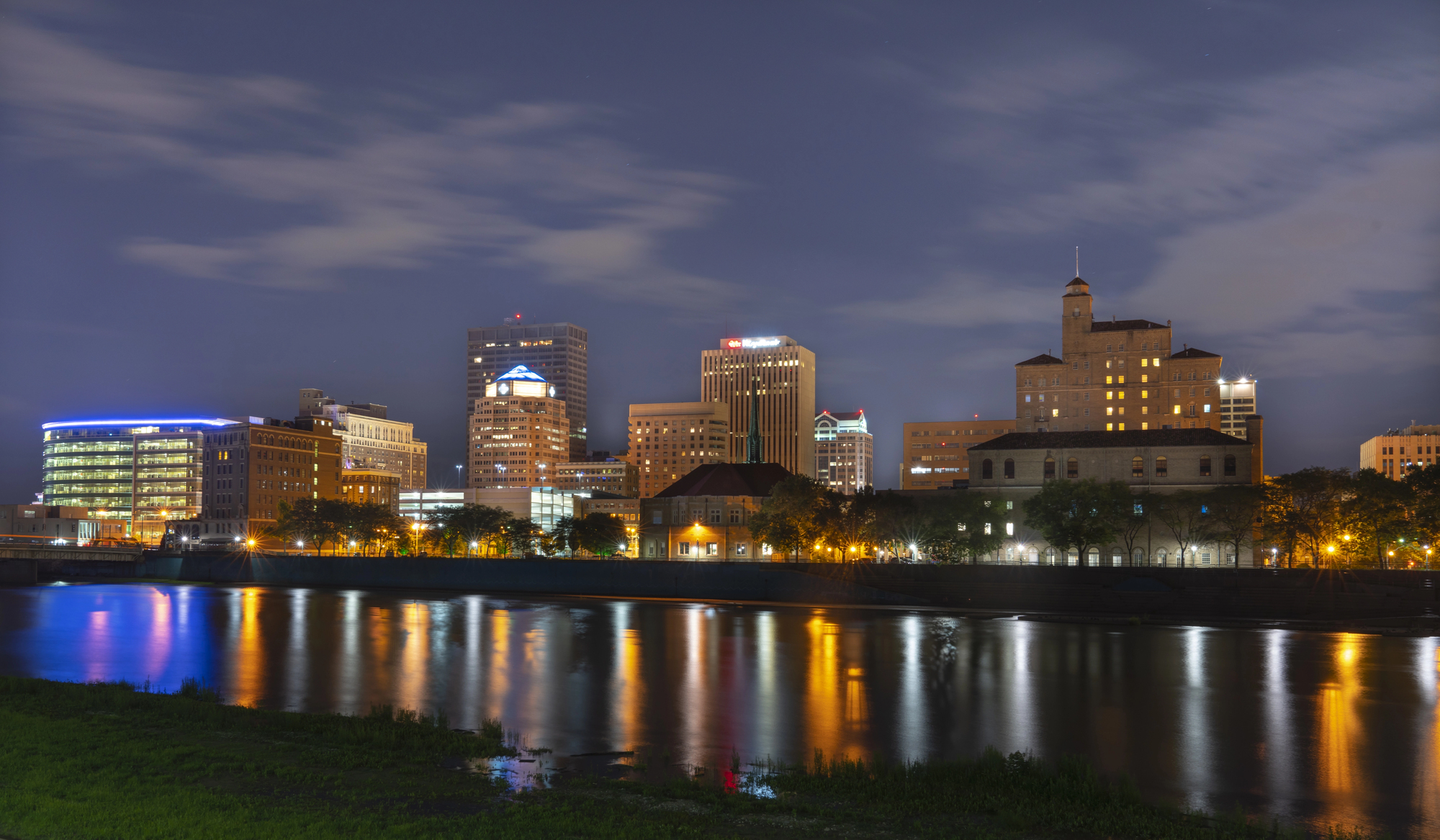Slip and Fall Lawyer
 One of the most common types of personal injury cases are slip and fall accidents, which can result in several types of accidents, ranging from minor scrapes and bruises to more severe, life-altering consequences that may require the help of a slip and fall lawyer. These incidents can occur in numerous settings, such as workplaces, public spaces, and private residences. Slip and fall cases involve complex legal issues which can result in common injuries. There are preventative measures property owners should take to reduce their occurrence; accidents still occur, causing lasting damage.
One of the most common types of personal injury cases are slip and fall accidents, which can result in several types of accidents, ranging from minor scrapes and bruises to more severe, life-altering consequences that may require the help of a slip and fall lawyer. These incidents can occur in numerous settings, such as workplaces, public spaces, and private residences. Slip and fall cases involve complex legal issues which can result in common injuries. There are preventative measures property owners should take to reduce their occurrence; accidents still occur, causing lasting damage.
Understanding Slip and Fall Accidents
Slip and fall cases can be complicated and challenging to represent and typically occur when a property owner's negligence has resulted in unsafe conditions, ultimately causing harm. The party responsible for maintaining the safety of a location, such as a property owner, business proprietor, or employer, may be held liable for any injuries sustained due to their failure to maintain a safe environment. Some common causes of slips and falls include:
- Wet or slippery surfaces: Spills, leaks, or recently mopped floors without proper warning signage can lead to slip and fall accidents.
- Uneven surfaces: Uneven or cracked sidewalks, loose floorboards, or potholes can cause a person to trip and fall.
- Obstructions: Clutter, debris, or poorly placed furniture can create tripping hazards.
- Inadequate lighting: Poorly lit areas can make it difficult to see potential hazards, increasing the risk of slips and falls.
- Weather-related hazards: Ice, snow, and rain can create slippery conditions, particularly on outdoor surfaces such as stairs, ramps, and walkways.
Common Slip and Fall Injuries
Slip and fall injuries can produce injuries that can vary in severity depending upon several factors, including the type of fall, the victim's age, and health. Some of the most common injuries sustained in slip and fall accidents include:
- Sprains and strains: Twisting, stretching, or tearing of ligaments and muscles can occur during a fall, causing pain, swelling, and limited mobility.
- Fractures: Broken bones are a frequent outcome of slips and falls, with the wrist, arm, hip, and ankle being the most commonly affected areas.
- Head injuries: Traumatic brain injuries (TBI) can range from mild concussions to severe brain damage. Even seemingly minor head injuries can long-term affect cognitive function and overall health.
- Spinal cord injuries: Falls can damage the spinal cord, potentially resulting in partial or complete paralysis.
- Soft tissue injuries: Bruises, cuts, and abrasions can occur due to contact with hard surfaces or sharp objects during a fall.
Accident Prevention
It's important to note that despite best efforts to prevent an accident, it is impossible to prevent them from occurring; however, it may be possible to mitigate the risks. Some effective preventative measures include:
Regular maintenance
Keeping walkways, stairs, and floors in good condition prevents slip and fall accidents. Regularly inspecting and repairing any damages can minimize hazards.
Proper lighting
Ensuring that all indoor and outdoor areas are well-lit can significantly reduce the risk of slips and falls.
Clearing obstructions
Removing clutter and keeping pathways free of obstacles can help prevent accidents.
Utilizing non-slip materials
Installing non-slip mats, adhesive strips, or flooring can reduce the likelihood of slips on wet or slippery surfaces.
Signage and barriers
Marking hazards and using barriers to block off unsafe areas can help alert individuals to potential dangers.
Typically slip and fall accidents occur when a property owner's negligence results in unsafe conditions, ultimately causing the accident. While there are steps that can be taken to mitigate slip and fall accidents, they still happen every day, resulting in significant damages for the victim. Victims who experience damages stand to face substantial physical injuries along with financial loss, which is why it may be essential to take legal action to recover some of what has been lost.

